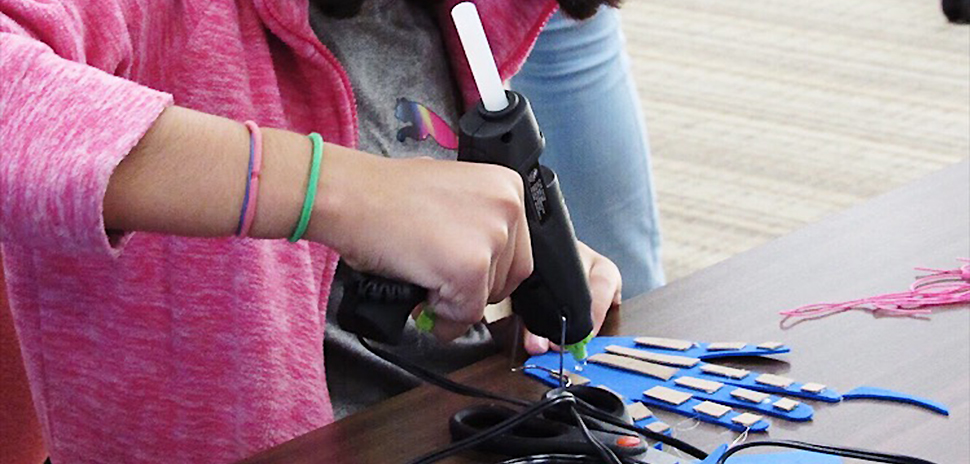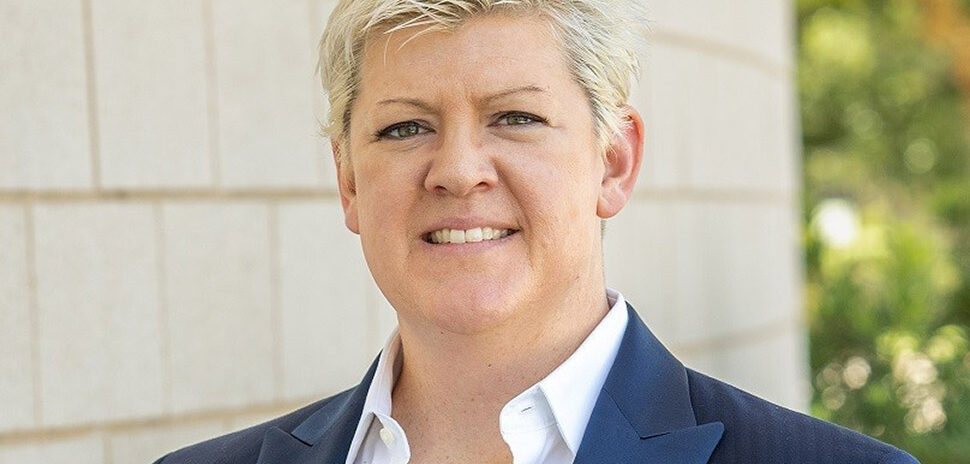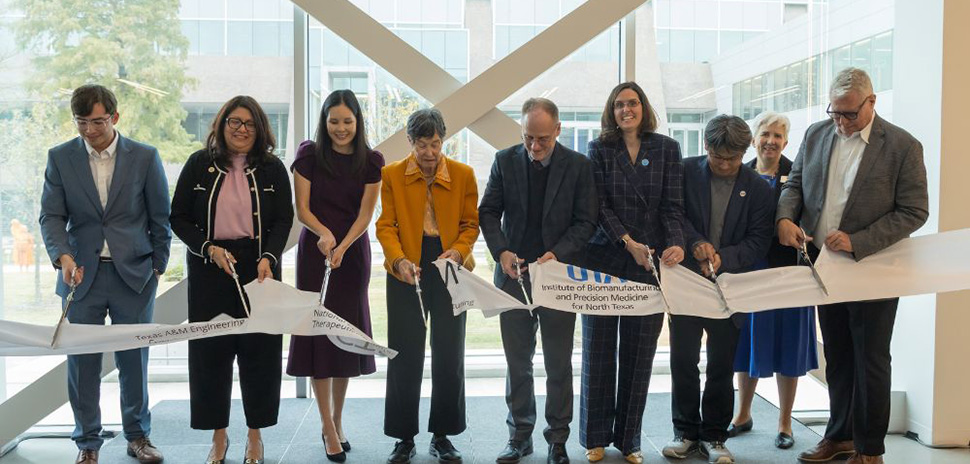The popular phrase “breaking the glass ceiling” has brought awareness to the issue of gender inequality in the workplace, primarily with regard to upper mobility and pay. But, with stereotypes firmly in place, gender inequality also exists in terms of participation in some professions.
Although the gender gap in education and employment has narrowed significantly, women are still underrepresented in areas of science, technology, engineering, and math, or STEM fields.
In 2015, women held 47 percent of all U.S. jobs, but only 24 percent of those were STEM jobs.
In 2015, women held 47 percent of all U.S. jobs, but only 24 percent of those were STEM jobs, according to a report released last year by the Office of the Chief Economist.
In United Kingdom, women make up only 9 percent of the engineering workforce, according to a 2016 report by the Women’s Engineering Society. Even with the push toward the math and sciences, the number of women choosing to study engineering and physics has remained static since 2012, while the industry continues to grow in global importance.
In the U.S., the Introduce a Girl to Engineering movement has made some headway, and organizations and individuals at the elementary, high school, and collegiate level are doing their part to narrow the gap.
Upon entering my sophomore year of high school, I had a curiosity about engineering. So, when selecting electives, I chose to take an engineering course offered at the Frisco ISD Career and Technical Education Center. That course, Introduction to Engineering Design, jumpstarted my journey through the Project Lead the Way program and developed my passion to study engineering at the collegiate level.
But as informational and enjoyable as the engineering courses were, they also opened my eyes to the obvious gender gap in engineering. In my final year of the PLTW program, my Engineering Design and Development class consisted of 42 students with four females in total. Females made up only 9.5 percent of the students in the senior level course.
Looking around, it was discouraging. Where did all the females go?
My peer, Annie Paul, a senior at Reedy High School, recalled, “being one of the few girls to be in engineering, it was sometimes difficult to connect with others and find my crew,” as our interests varied from our male counterparts.
I was aware that, historically, there were few women in the field, but I assumed that by the time I entered, I wouldn’t experience the gender inequality. It appears that I will.
That said, local movements and events focused on introducing young women to engineering are bringing change
INTRODUCING STEM CONCEPTS AT EARLY AGE
Recently, I had the opportunity to attend a reception at the Girl Scouts of Northeast Texas’ STEM Center of Excellence in Dallas. The center is a 92-acre living laboratory that provides year-round opportunities in robotics, computer coding, botany, chemistry, and more. Run by the Girl Scouts of Northeast Texas, its goal is to change “the workforce pipeline in STEM to meet the urgent need for female voices, engagement, and leadership in the fastest growing sector of the U.S. economy.” When introduced to STEM as early as elementary school, girls discover that not only are they interested in the math and sciences, but they excel in them. They don’t go through school with the mindset that STEM is only for boys.
When introduced to STEM as early as elementary school, girls discover that not only are they interested in the math and sciences, but they excel in them.
The PLTW engineering courses offered at schools across the nation are a great start to introducing engineering. And for girls specifically, these courses give them the confidence that they can and will succeed in a field that seems to oppose and challenge their place.
Similarly, mentorship courses, such as the Independent Study & Mentorship course offered at Frisco ISD give students the opportunity to meet with professionals in a given field in order to acquire real world experience. In my year in ISM, I met with women working as engineers and utilized my platform and the guidance of my mentor to create an “Introduce a Girl to Engineering Day” event in which I invited girls from across Frisco ISD to participate in hands-on activities and demos to expose them to the field of engineering. I wanted to encourage middle school girls to discover and consider pursuing engineering.
Annie says that after finding other girls in engineering “it was really easy to connect, learn, and grow together, making [her] engineering experience much more rewarding and memorable.”
STRONG SUPPORT GROUP COULD HELP WOMEN OVERCOME OBSTACLES IN STEM
It is comforting to know you’re not the only female in a male-dominated field and a strong support group helps you overcome obstacles and stick with engineering.
In this pursuit, many universities have adopted national organizations such as the Society of Women Engineers to help create a community of women in engineering. At the University of Texas at Dallas, its chapter of SWE provides a network, support, and opportunities for their female engineers to develop career and professional skills.
It is comforting to know you’re not the only female in a male-dominated field.
Its foundation that, “SWE gives women a feeling of belonging and a group of friends to help along the way,” is incorporated into events that introduce the students to successful female engineers, provide career and internship opportunities, and build a platform for students to share their challenges, accomplishments, and passion for engineering. SWE at UTD has worked to close the gap between males and females in engineering with the mission to “stimulate women to achieve full potential in careers as engineers.” Such organizations are working with women to build their potential to be members and leaders of STEM.
These support groups along with a society focused on creating an equal learning and working environment can help young women to feel more comfortable in pursuing the engaging and challenging field of engineering.
And, with this support, we as women can follow our passions, break down gender stereotypes, take our place, and finally close the gap.
![]()
Get on the list.
Dallas Innovates, every day.
Sign up to keep your eye on what’s new and next in Dallas-Fort Worth, every day.






























